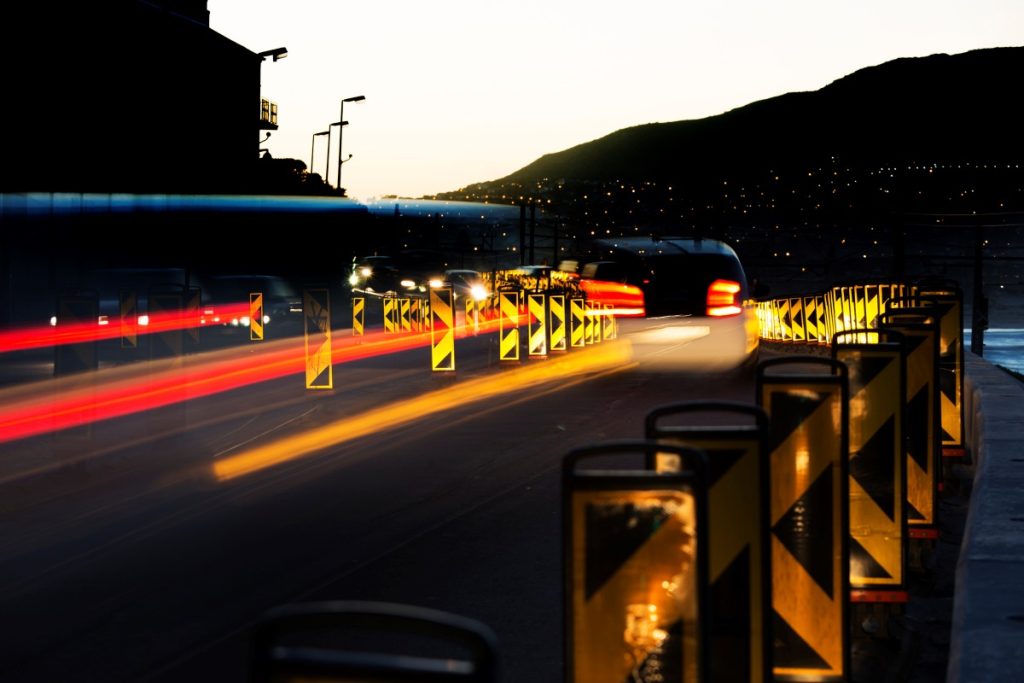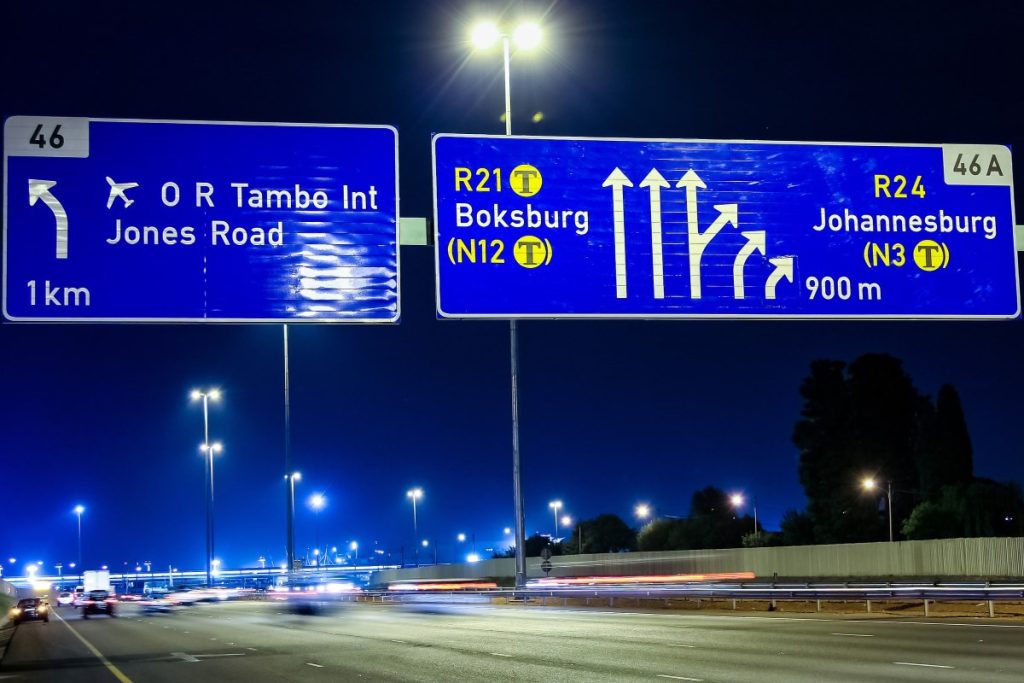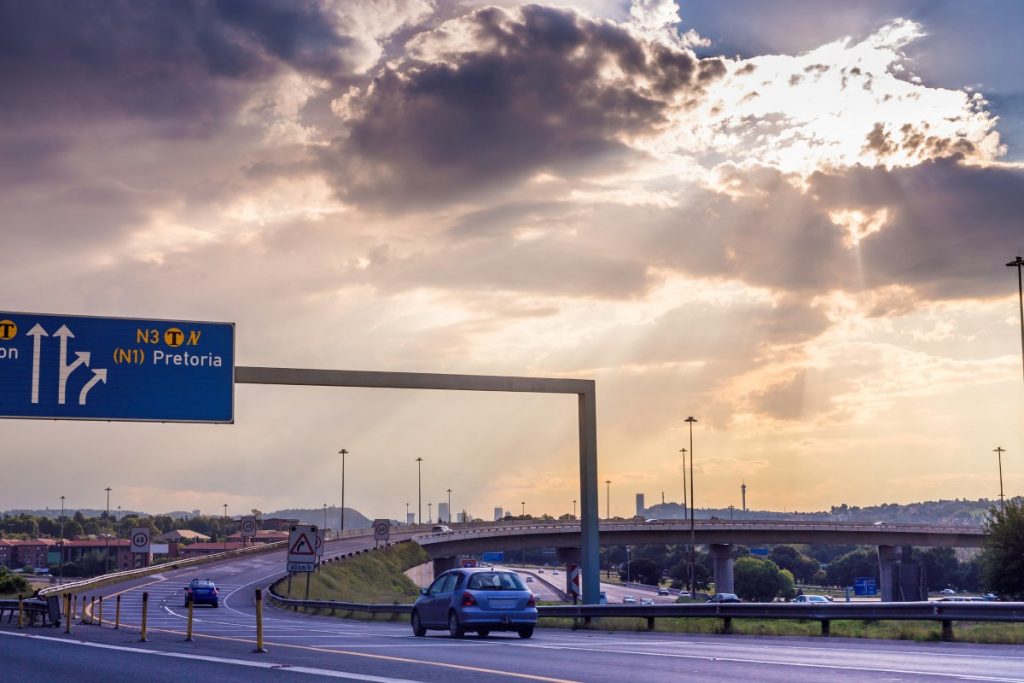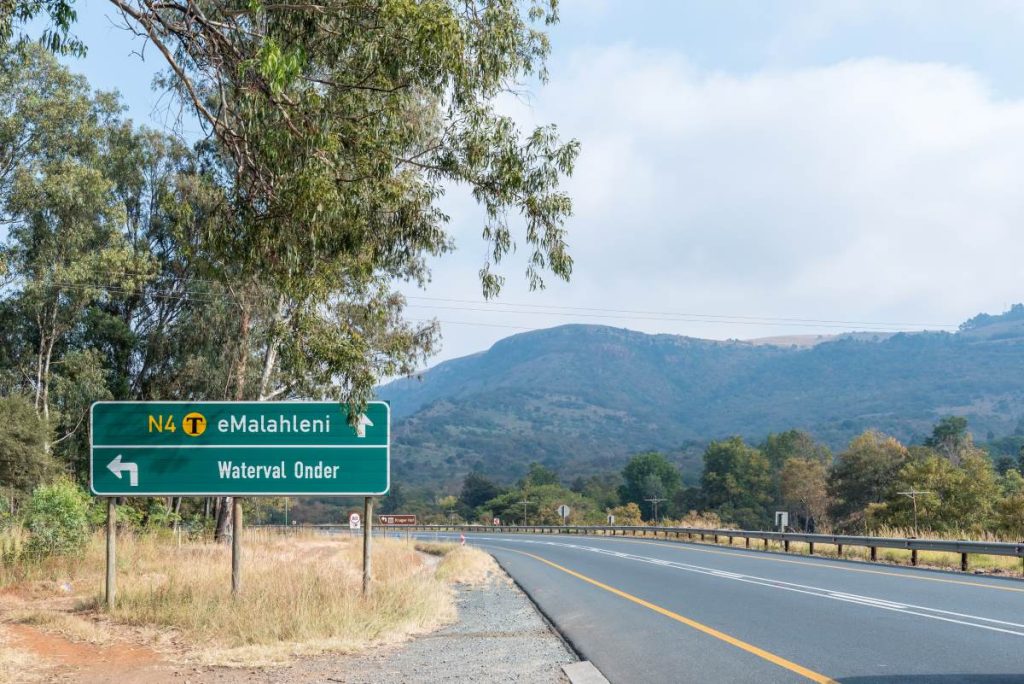South Africa has thousands of kilometres of excellent roadway, but this often comes at a cost. More specifically, drivers are required to pay toll fees at numerous points around the country. These fees ensure that the relevant authorities can maintain, improve, and protect these roads, making driving safer and more pleasant for everybody.
We’ve put together a quick guide to toll roads in South Africa, including major locations, payment methods, and more. Read on to get to know our toll roads better.

Photo Source: Getty
Municipalities and the South African National Road Agency (SANRAL) use toll fees as a continuous revenue stream, ensuring that there are always funds available for maintenance and upgrades of roadways. However, if you’ve spent any amount of time on South African roads, you’ll know that many roads maintained by local municipalities are massively neglected. For the most part, you can see the fruits of toll fees on national freeways like the N1, N2, N3, and so on.
These major roads experience huge amounts of traffic on a daily basis. Over time, this leads to degradation and other forms of wear and tear. Furthermore, natural disasters like floods and strong winds can wreak havoc. Toll fees keep these roads safe and well-marked.
“[Toll fee revenue] enables SANRAL to provide roads sooner than the traditional tax‐based revenues which would traditionally fund these roads,” the organisation says. “In addition to contributing to improved road safety, toll roads generally reduce travelling distances and result in substantial savings on the running costs of your vehicle and much valued travel time.”
Here are a few examples of what Sanral spends toll fees on:

Photo Source: Getty
Here’s a list of the major toll gate plazas along South Africa’s national freeways, including Google Maps locations.
Western Cape
Free State
Gauteng
Limpopo
Western Cape (Garden Route)
KwaZulu-Natal
Gauteng
Free State
KwaZulu-Natal
North West
Gauteng
Mpumalanga

Photo Source: Getty
SANRAL determines toll fees according to the relevant vehicle class and updates these figures on an annual basis. You can find the latest toll fees here. Generally speaking, the larger and heavier the vehicle, the bigger the toll fee. The various classes are as follows:
You have several options when paying fees at a toll gate, so you never need to have cash on hand:
Furthermore, Class 2-4 drivers can pay using the Zimele Toll Debit Card. Please note: Diners Club, American Express, and all other international cards are not accepted methods of payment. The same applies to all debit cards.
As of 11 April 2024, e-tolls are no longer active in South Africa. The system was widely criticised by consumers and consumer protection lobby groups, and many South Africans flat-out refused to pay the fees. So, even if you come accross an e-toll gantry along Gauteng’s freeways, they won’t scan your vehicle. However, local authorities will continue to use the cameras for safety and anti-crime purposes.

Photo Source: Getty
There you have it: a quick guide to toll gates and toll fees in South Africa. Equipped with this useful information, you can start planning your next road trip through our spectacular country. If you need to find the right vehicle for your adventure, we have a wide selection of cars, SUVs, and luxury cars available across South Africa and beyond. Simply use our handy vehicle finder tool to compare prices and models, and we’ll do the rest.
You might also like: Our Picks for Family-Friendly Road Trips in South Africa